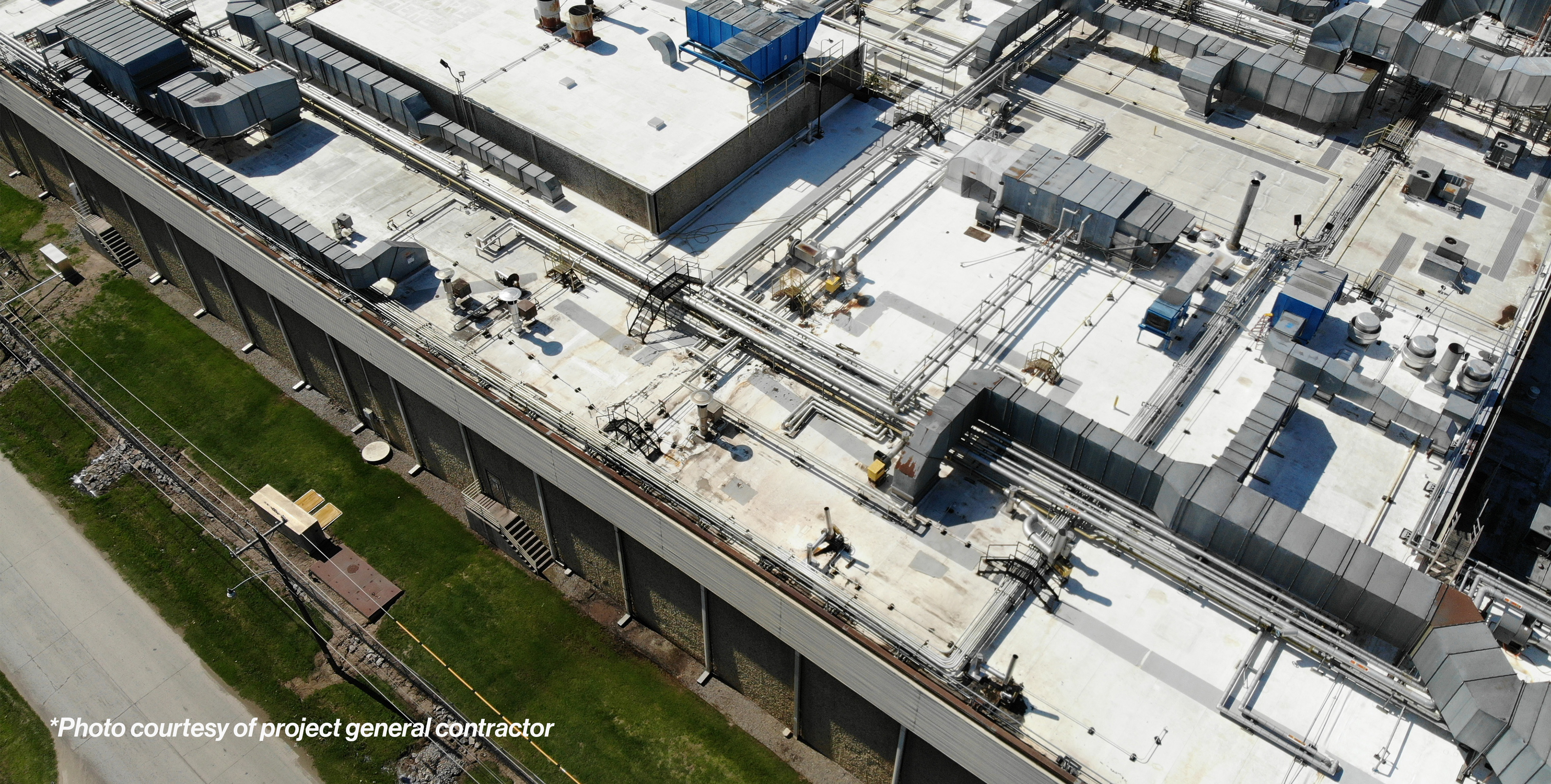Dive into our Design Thinking series to learn how HFA is approaching the future of interior spaces in a post-pandemic world.
Our sense of touch is an incredible evolutionary achievement. Arguably our most dominant sense, touch, can also betaken for granted. Our perception of space is primarily determined by textures that we touch without conscious recognition. Yet it is our innate desire to touch the world around us that also poses a risk for transmission of diseases.In today's age of social distancing and hyper-awareness of personal hygiene,architects and interior designers must focus on the selection of materials and surfaces more than ever. Sanitary interior environments can be achieved through various means, but care must be taken so that our buildings do not simply become fortresses of sterility. Designers will need to strike a balance between comfort and sanitation so that our sense of touch does not become forgotten in the architecture of the past.

Wood, one of architecture’s oldest and most reliable materials, has unfortunately been mislabeled as unhygienic in recent years. A German laboratory study was performed in the early 2000s that compared the longevity of bacteria on various strains of wood species as well as plastics, and the results showed that wood makes an excellent natural cleanser. While anti-microbial benefits of wood vary widely by species, oak and pine have consistently demonstrated excellent antibacterial properties. Both oak and pine efficiently kill applied bacteria in laboratory settings and have clear, hygienic advantages compared to other woods and plastics.
Another laboratory study done in 2013 at the University of Wisconsin showed that wood-board surfaces will stop dangerous bacteria from multiplying and that many germs die out after as little as a few minutes. This is just one of the reasons why wood is an excellent choice for kitchen cutting board surfaces. A subsequent laboratory study done in 2015 corroborated these findings. When paired with well-conditioned and ventilated building design, wood’s natural tendency to absorb moisture and subsequently dry out (or “breathe”) has also proven to further diminish the longevity of bacteria on wooden surfaces by essentially starving bacterium of the moisture it needs to survive.

While the use of wood in a design should not be abandoned due to misinformation about its hygienic properties, the application of its intended use will require higher scrutiny. Frequently touched surfaces like reception desks, tables, furniture, and workstations will likely benefit from a surface that can be quickly and regularly sanitized. In this scenario, there are various sealants, coatings, and clear membranes that can be used to effectively cover any porous surface while still maintaining that surface’s natural aesthetic and thus allowing it to be sanitized frequently. On the other hand, intermittently touched surfaces like decorative accents, trim, flooring, and wall coverings are prime opportunities to use wood in a manner that takes advantage of its inherent anti-microbial properties without requiring a rigorous application of sealant.

Architecture in the era of novel disease will have to adapt to the needs of the time. Luckily, some solutions to concerns about hygienic design are already available to us in the form of natural wood, whose multitude of antibacterial benefits are only now coming to full light. As experts in commercial design, HFA is well poised to use its knowledge of wood’s various applications to create spaces that meet the needs of the COVID-19 era, while still providing meaningful and fulfilling experiences to inhabitants. Check back regularly for updates from HFA’s team to see how we’re rising to the challenge of this new age in design!
Has your business started researching appropriate materials to use in a post-COVID-19 space? We would love to share our knowledge with you.
Contact Steven Baker, AIA, today to learn more about how we can help you.


.png)
.jpg)



.png)
.jpg)




